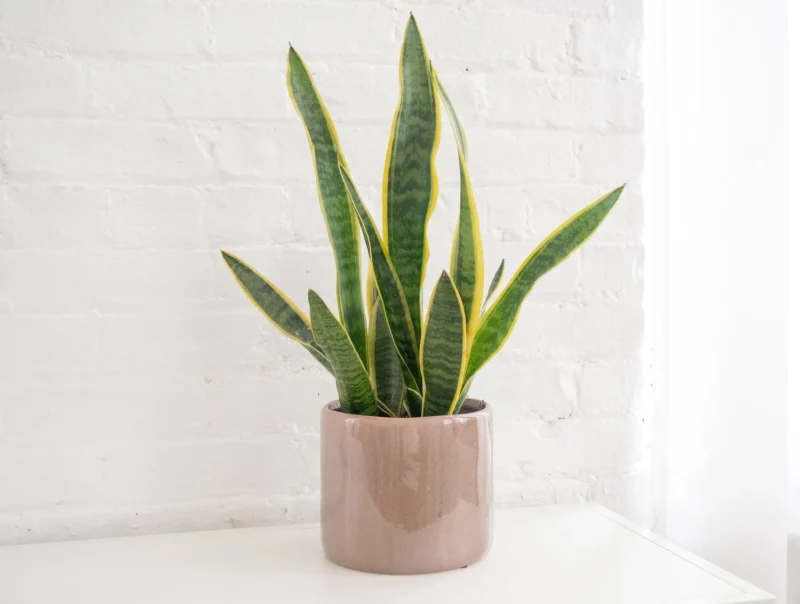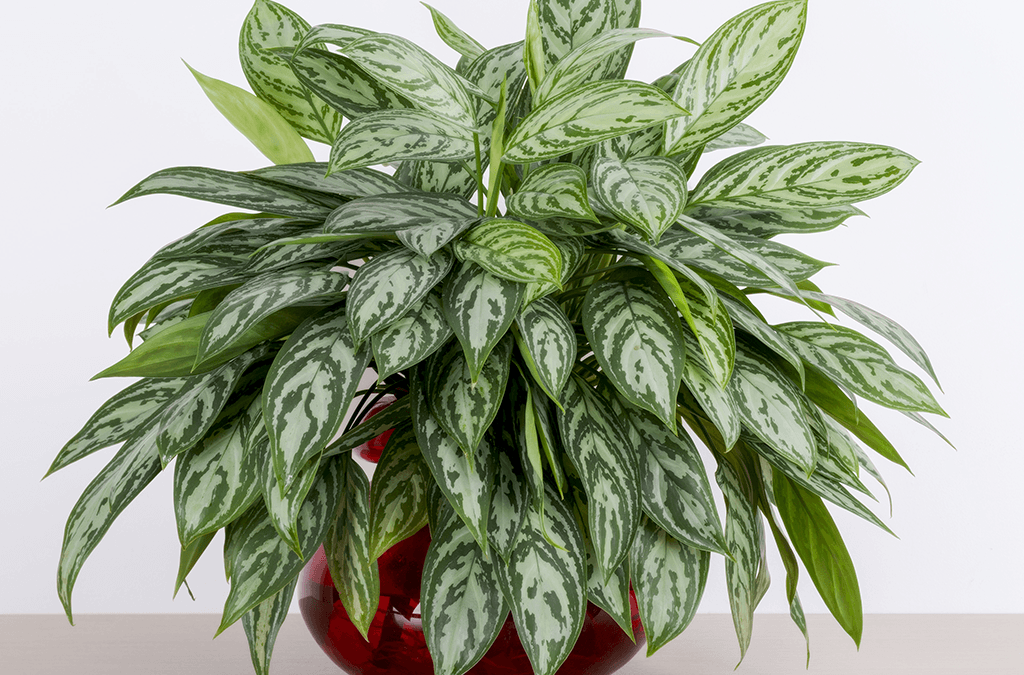Do you know that some appliances and devices, like heating and cooling systems, can cause air pollution right away in your living space? And even furniture made from pressed wood products, new floors, or carpets are likely to be the primary causes of indoor air pollution?
According to the NASA Clean Air Study from 2020, some indoor plants can help to reduce indoor air pollutants, including formaldehyde. So now you know, and it is the best time to add some of the best air-purifying plants to filter out a few extra toxins in your home. By then, you’ll definitely boost your mental health and beautify your home. Here are 12 plants that will help remove (some!) air pollution from your living spaces.
Before diving into specific plants, it’s essential to know what characteristics to look for when selecting air-purifying plants. Focus on plants that have large surface areas on their leaves, as this maximizes their capacity to absorb pollutants. Additionally, opt for plants that require minimal light and care, making them ideal for indoor growing conditions.
Key Considerations for Choosing Air Purifying Plants
There are various factors to consider when selecting the best air-purifying plants for your indoor environment. Light conditions, watering frequency, and growth habits all play pivotal roles in ensuring your plants thrive.
It’s also important to consider the size of the plant relative to your space. Large plants can serve as eye-catching décor while smaller plants can fit comfortably on shelves or desks. Your choice should reflect both functional and aesthetic preferences.
Notable Air Purifying Plants
Several plants stand out due to their remarkable air-purifying properties:
1. Spider Plant: Known for its resilience and adaptability, the Spider Plant excels at removing contaminants such as formaldehyde and xylene from the air. This plant produces “pups,” or offshoots, making it an excellent choice for propagation.
2. Peace Lily: The Peace Lily is not only visually stunning but is also adept at filtering out ammonia, benzene, and formaldehyde. Its white blooms add elegance, making it a popular choice in homes and offices alike.
3. Boston Fern: As a natural humidifier, the Boston Fern can elevate humidity levels while removing pollutants like formaldehyde. It thrives in indirect light and requires consistent moisture, making it perfect for bathrooms or kitchens.
Perfect Plants for Office Settings
Some of the best air-purifying plants for office environments include:
4. Snake Plant: This hardy plant thrives in low light and infrequent watering, making it a practical choice for busy professionals. The Snake Plant is known for its ability to filter toxins such as formaldehyde and nitrogen oxides.
5. Pothos: With its trailing vines and heart-shaped leaves, the Pothos adds a touch of nature to any office space. It’s easy to care for and effective at removing indoor pollutants like formaldehyde and xylene.
6. ZZ Plant: Renowned for its striking appearance and low maintenance needs, the ZZ Plant tolerates neglect and low-light conditions. It can remove toxins like toluene and benzene from the air.
Popular Houseplants to Consider
A few standout houseplants that combine beauty with air purification include:
7. Dracaena: Available in numerous varieties, Dracaena is known for its colorful foliage and ability to remove toxins like benzene and formaldehyde. These plants do well in bright, indirect light.
8. Rubber Plant: This attractive houseplant can grow quite tall, making it an impactful addition to any room. The Rubber Plant effectively filters formaldehyde and is relatively easy to maintain.
9. Areca Palm: With its feathery fronds, the Areca Palm adds a tropical vibe to any indoor space. Its ability to humidify the air makes it ideal for dry climates while efficiently removing indoor pollutants.
10. Hoya Carnosa: In addition to being visually appealing, Hoya Carnosa Krimson Princess Plant is thought to possess air-purifying properties that enhance indoor air quality by eliminating contaminants from the surrounding air.
Top Contenders for Best Indoor Air Cleaner
Among the contenders for the title of best indoor plant to clean the air, several species consistently stand out:
11. Chinese Evergreen: Renowned for its adaptability, the Chinese Evergreen efficiently removes toxins while thriving in low-light conditions. It’s an excellent choice for beginners and adds a touch of color to any room.
12. Philodendron: Known for its heart-shaped leaves and trailing vines, Philodendron is a great option for those looking to improve indoor air quality. Its ability to filter formaldehyde makes it a popular choice among plant enthusiasts.
13. English Ivy: This versatile climber is adept at filtering airborne mold and formaldehyde, making it a favorite for bedrooms and living rooms. English Ivy thrives in bright light but can tolerate lower light levels.
14. Lady Palm: The Lady Palm is known for its elegant fronds and ability to significantly improve indoor air quality. It thrives in low-light and humid conditions, making it perfect for bathrooms or shaded areas.
15. Dwarf Fiddle Leaf Fig: Like its larger counterpart, the Dwarf Fiddle Leaf Fig helps improve indoor air quality by filtering out toxins and pollutants, creating a healthier environment for you to breathe.
Maintenance Tips for Indoor Plants
Maintaining air-purifying plants involves understanding their specific needs. Regular watering, appropriate lighting, and pest control are crucial components for keeping them healthy.
Additionally, periodic dusting of the leaves ensures that the plants can effectively absorb air pollutants. Consider using organic fertilizers to promote growth without introducing harmful chemicals into your indoor environment.
Conclusion
In conclusion, incorporating air-purifying indoor plants into our homes and workplaces offers a multitude of benefits, from improving air quality to enhancing our overall well-being. The selection of the right plants hinges on understanding their unique characteristics and the specific needs of our environments. Whether we seek lush foliage to beautify our spaces or powerful air cleaners to combat indoor pollutants, there is a plethora of options available.
By prioritizing the integration of these green companions into our daily lives, we pave the way for a healthier, happier existence. As we embrace the healing power of plants, we not only cultivate a sanctuary within our walls but also nurture our connection to nature, promoting a balanced and sustainable lifestyle.















